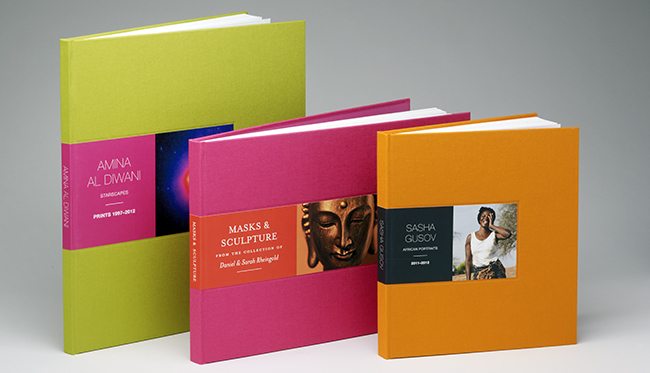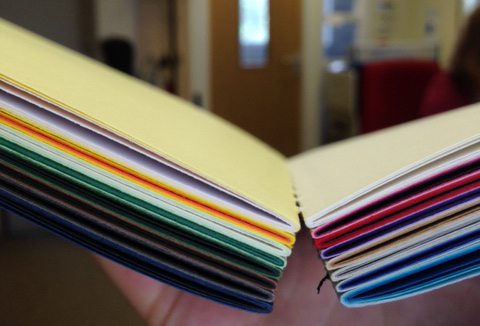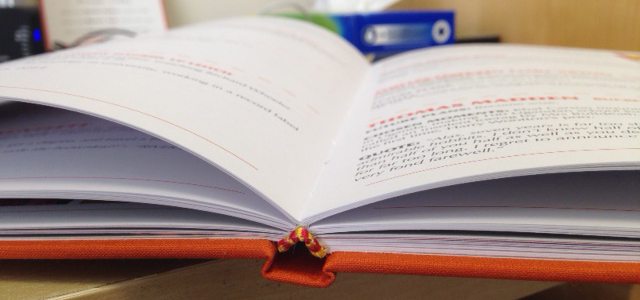Bookmaking Part One / Part Three / Part Four
By Francis Atterbury
Let me say straight away that I can’t tell you everything you need to know about sizes and signatures. Not only do I not know everything, but it would be a pretty dull thing to know everything about! But, I do know quite about them, so here is what I think!
So, lets start with size. The size of the book is a decision first and foremost for the designer or artist. They understand the content and they will have a vision for the book and, as a printer, our job is to realise that vision.
Of course, the size of the book will be a principal influence upon the cost; some page sizes are much more expensive or difficult to produce than others. However, I can’t think of one occasion where the question ‘what is the cheapest size to make this book?’ has resulted in a memorable project.
Once the size of the book has been proposed it is quite reasonable to think of it in terms of production and to recommend minor (or even major) changes that could result in a better reproduction or cost savings. That is just one reason why a good client works with a printer and not in opposition.
When we made Artisan Books, I asked Andrew Barron (the designer) to devise three sizes that would work for books comprising mostly photography and then two that would be best for books of text. Only after he presented his choices did we discuss minor tweaks to the size that would mean we could print (for example) with six pages to view rather than four. However, it was an absolute rule for us that beauty came first.
So, only after initial decisions have been made on the design, do we move firmly into the realm of production.
Signatures of course are a much simpler issue and one that rests more firmly in production.
Cased books comprise pages folded and inset to form sections. These sections (also known as signatures) are sewn together with a small strip of glue where the last page of one section meets the first page. Generally, most books will be bound as 8, 12 or 16 page sections. Of course, any multiple of 4 is available after 8 pages but you need to consider the following:
1. Too many pages in the section may make the book uneven to open, too few and there will probably be too many section joins.
2. Too few sections may result in a lot of glue on the spine, and unevenness.
3. Too many sections may result in an unnecessarily expensive binding.
Thick paper usually needs fewer pages per section and thinner paper will need more pages per section. Thus our books on 175g are bound in 12 page sections and those on 120g are bound in 16 page sections. These choices are always something that you should discuss with your bindery, signatures are of crucial importance when trying to produce a book that will lay flat.
Stay tuned for two more posts about custom bookmaking from our friends at Artisan Books and connect with them on Twitter @ArtisanBook and Facebook!
Read more about how HP is Powering Up Publishing!















